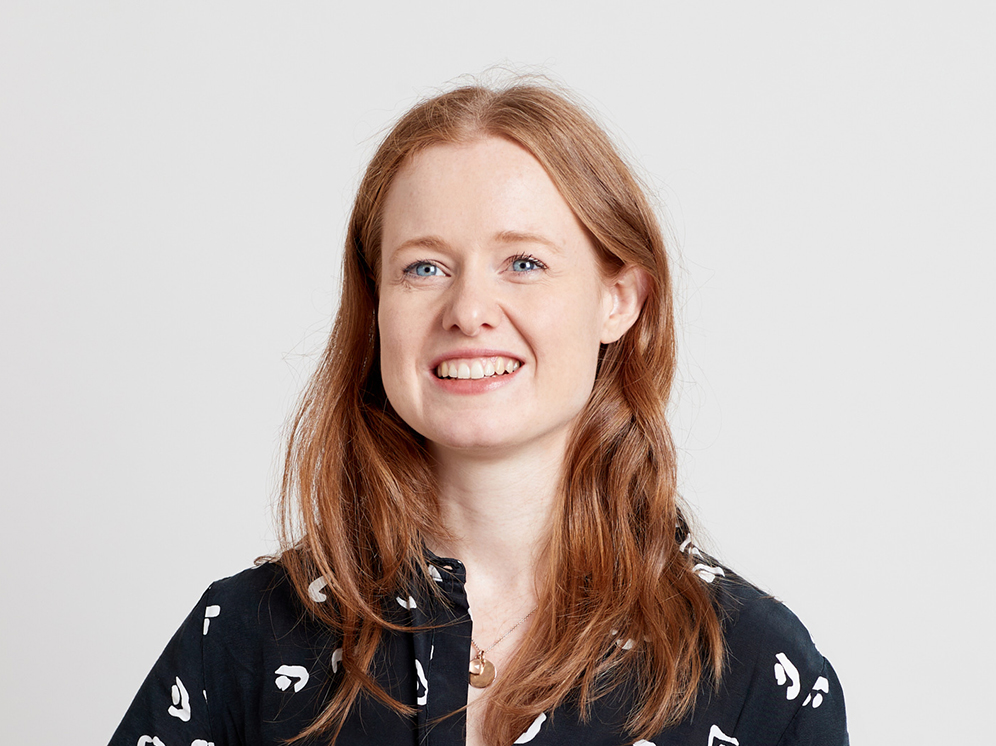How behavioural science can inspire creativity and collaboration
"Behavioural science is the multivitamin of human centricity."
As a human-centric organisation, we couldn’t agree more with this rallying cry from Cerita Bethea, the Coca Cola Company’s charismatic Director of Behavioural Science. Speaking as one of a host of distinguished speakers at Ogilvy Change’s annual Nudgestock event, Dr Bethea argued that Behavioural Science is a powerful and enriching tool that needs to infuse all aspects of organisation to achieve its full effect.
At Incite, we’ve long understood that behavioural science and human centricity are intrinsically linked; it’s hard to achieve one without the other.
But what’s new in the field of Behavioural Science? As the UK and other countries take tentative steps towards relaxing Covid restrictions, the speakers at Nudgestock gave us plenty of food for thought on how behavioural thinking can act as a facilitator of innovation, change and collaboration.
Breakthrough innovation inspired by evolution not revolution
Sam Tatam from Ogilvy gave a preview of his book ‘Evolutionary Ideas’, focusing on the idea of biomimicry. Using the example of the Tokaido Shinkansen bullet train, where the silent wings of owls and sharp beaks of kingfishers were used as inspiration to create a faster, more energy efficient and quieter train, Tatam made a convincing case that breakthrough innovation can come from getting back to nature.
Change and networks
Another standout session came from Damon Centola, author of ‘Change: How to make big things happen‘. Centola has used the mathematical concept of centrality and an understanding of how people act within networks to show why some ‘contagions’ spread to the mainstream while others fail to fully take hold, such as mask wearing in certain markets.
Worth particularly keeping in mind is Dr Centola’s urging for a fresh view on the role of nudges: “While nudges help us change behaviour one person as a time, norms help us spread ideas across society as a whole.”

Creativity from collaboration
It’s no surprise that the last two examples were heavily inspired by maths and natural sciences. As Rory Sutherland noted in his opening remarks, “the best ideas don’t come about within disciplines, they come at the intersection of disciplines”. Rather than treating behavioural science as a narrow set of tools, Rory argued that behavioural science should be used creatively to expand the range of possible solutions to problems.
Behavioural science has always involved breaking down silos, indeed it came about due to a psychology faculty sharing a coffee room with the economics faculty. The importance of in-person collaboration offers a glimmer of hope for post-lockdown creativity and a remedy for the dreaded ‘languishing’.
With the UK and other countries loosening Covid restrictions what ideas might your in-person coffees, drinks and watercooler/microwave chats with colleagues spark?




